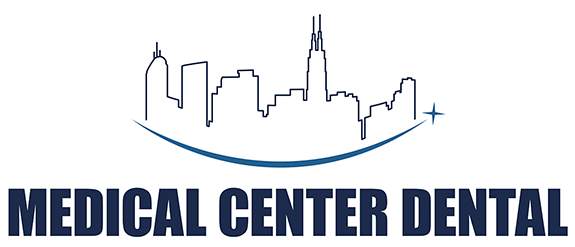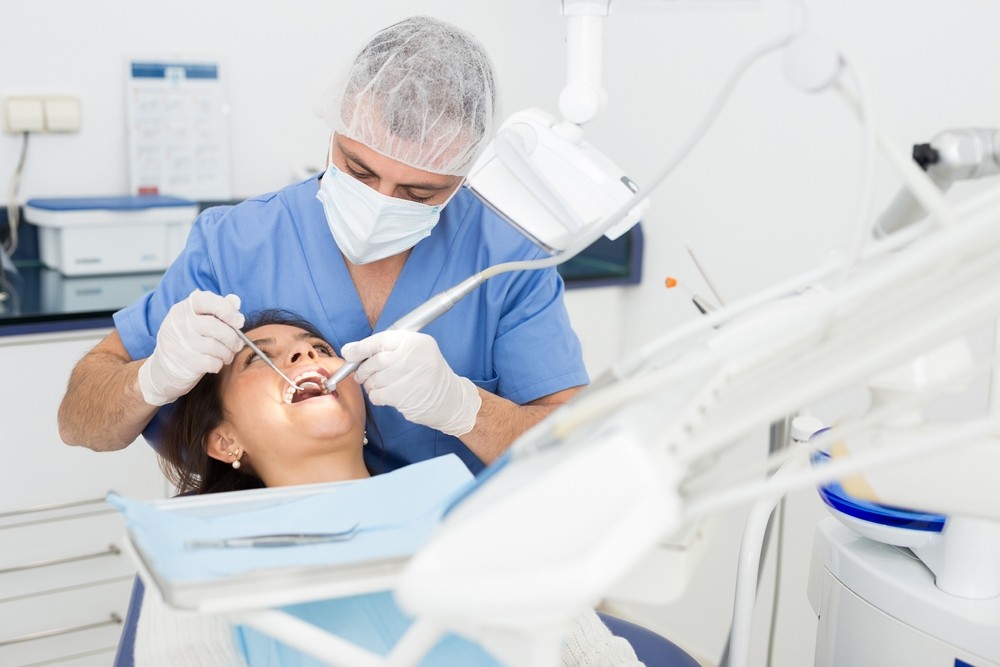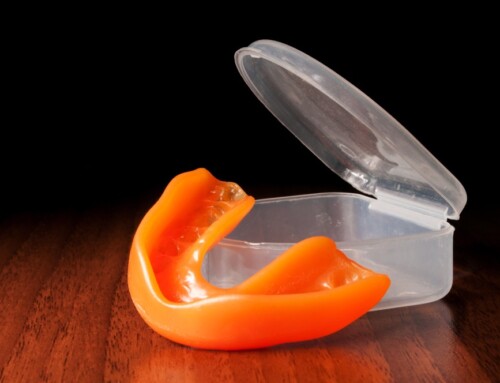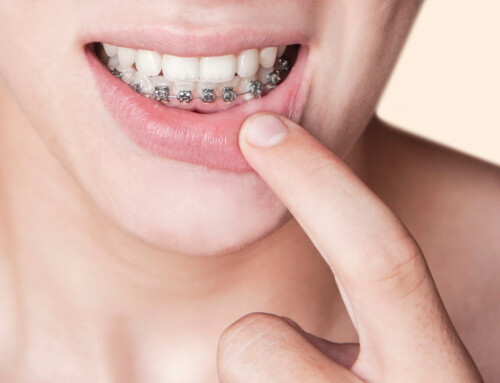Dental cleaning is essential for optimal dental health. However, even with excellent dental hygiene at home, there is always a small amount of residue on the teeth. Our dental hygienists will effectively remove any residue during dental cleaning to avoid future teeth complications.
Understanding the many parts of the cleaning operation has helped patients feel at ease during their checkups. At Ingenious Dentistry, we find it prudent to discuss dental cleaning in detail to enhance understanding among prospective clients.
What are Dental Cleanings, and How Are They Done?
Deep dental cleanings entail removing plaque, tartar, and bacteria from below the gum line to the tooth roots. Deep dental cleaning eliminates bacteria that hide below the gum line and around the roots to prevent gum disease, leading to tooth loss.
In addition, your dentist plans the surfaces of your tooth roots to make it more difficult for bacteria to “attach” themselves to the teeth in the future. A dental laser is used in and around the root surfaces during deep cleaning to eliminate difficult-to-reach germs.
Alternatively, oral antibiotics or an antibiotic mouth rinse may be prescribed. Deep dental cleaning involves local anesthetics to numb your gums or sedation if your gums are sensitive or you are anxious because it penetrates below the gum line.
What to Do Before a Dental Cleaning
These recommendations are helpful for a regular, ordinary dental cleaning. Still, they also apply to a typical annual or six-month checkup or even a more complex procedure a patient may have arranged in advance with their dentist.
- Appointment confirmation 24 hours prior
- Perform daily home care on the day of the cleaning
- Wait until after cleaning to whiten your teeth
- Create a list of concerns to ask your dentist
- Confront dental anxiety
- Reschedule your cleaning if you are ill
What Happens During A Teeth Cleaning?
Knowing what occurs during the process can reduce anxiety and enhance your enjoyment of the minty-fresh outcomes. Here are the steps for a typical dental cleaning:
Initial Inspection
The dental hygienist uses a small mirror to examine your teeth and gums for symptoms of gingivitis (inflamed gums) and other potential issues. If significant problems are detected, the dental hygienist informs the dentist to ensure it is safe to proceed.
Digital X-Rays
During most dental examinations, the dentist takes digital x-rays of your teeth and mouth. This rapid, risk-free procedure alerts the dentist to various oral concerns. Dental x-rays are particularly crucial for new patients since they enable the dentist to check the existing condition of your teeth and gums before proceeding.
Removal of Plaque and Tartar
Using the little mirror as a guide, the dental hygienist uses a dental scaler to clean your teeth. This efficient method eliminates tartar from the gum line and between the teeth. At this point, it is very normal to hear some scraping sounds. The duration of this phase varies depending on the amount of tartar between the teeth and gums.
Power Polishing
After plaque and tartar removal, your hygienist eliminates any leftover stains. However, you may not know this because they use a special toothbrush and specialized toothpaste. Initially, you may be asked which toothpaste flavor you prefer. The abrasive toothpaste polishes the teeth, making them smooth and glossy.
Professional Flossing
Even if you floss daily at home, professional flossing is incredibly relaxing. The dental hygienist thoroughly cleans your teeth. Additionally, they can find places that are not visible in a mirror. Most of our patients find relief since filth is removed from areas they cannot reach home.
Fluoride Treatment
Fluoride application is an optional aspect of teeth cleaning. Fluoride treatment aids in tooth protection and cavity prevention. The fluoride is a gel, paste, or varnish that adheres to the teeth until it has been completely absorbed. After a fluoride treatment, you cannot eat or drink for a brief period to allow for complete absorption.
Final Inspection
After cleaning your teeth, your dentist does a final examination. They inspect your teeth for periodontal disease, check for grinding difficulties, and analyze your tooth’s alignment. If you have any other concerns, your dentist addresses them at this point.
Dental Cleaning in Houston
You can keep your teeth healthy and plaque-free with frequent dental cleanings. Additionally, teeth cleaning allows our dentist to screen for imminent dental issues.
For efficient dental cleaning and proper tooth diagnosis and treatment in Houston, Ingenious Dentistry is the perfect destination. Call 713-795-5905 to request an appointment with our dentists today. Feel free to contact us for any inquiries.
Image Credit to BearFotos







